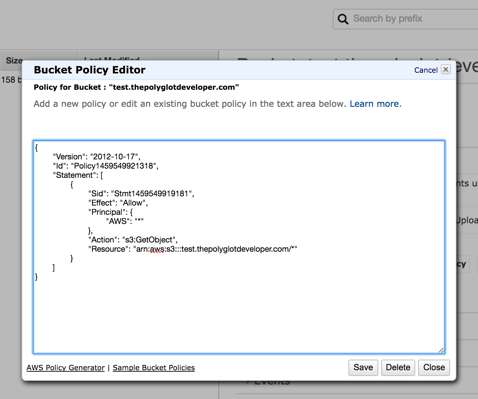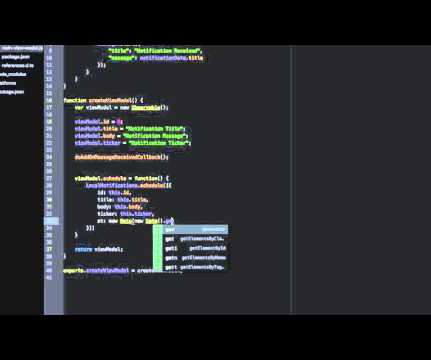Rewriting Uber Engineering: The Opportunities Microservices Provide
Uber Engineering
APRIL 20, 2016
A few months back, we discussed Uber’s decision to abandon its monolithic codebase in favor of a modular, flexible microservice architecture. Since then, we’ve devoted many thousands of engineering hours to expanding this ecosystem of Uber microservices (several hundred … The post Rewriting Uber Engineering: The Opportunities Microservices Provide appeared first on Uber Engineering Blog.





















Let's personalize your content